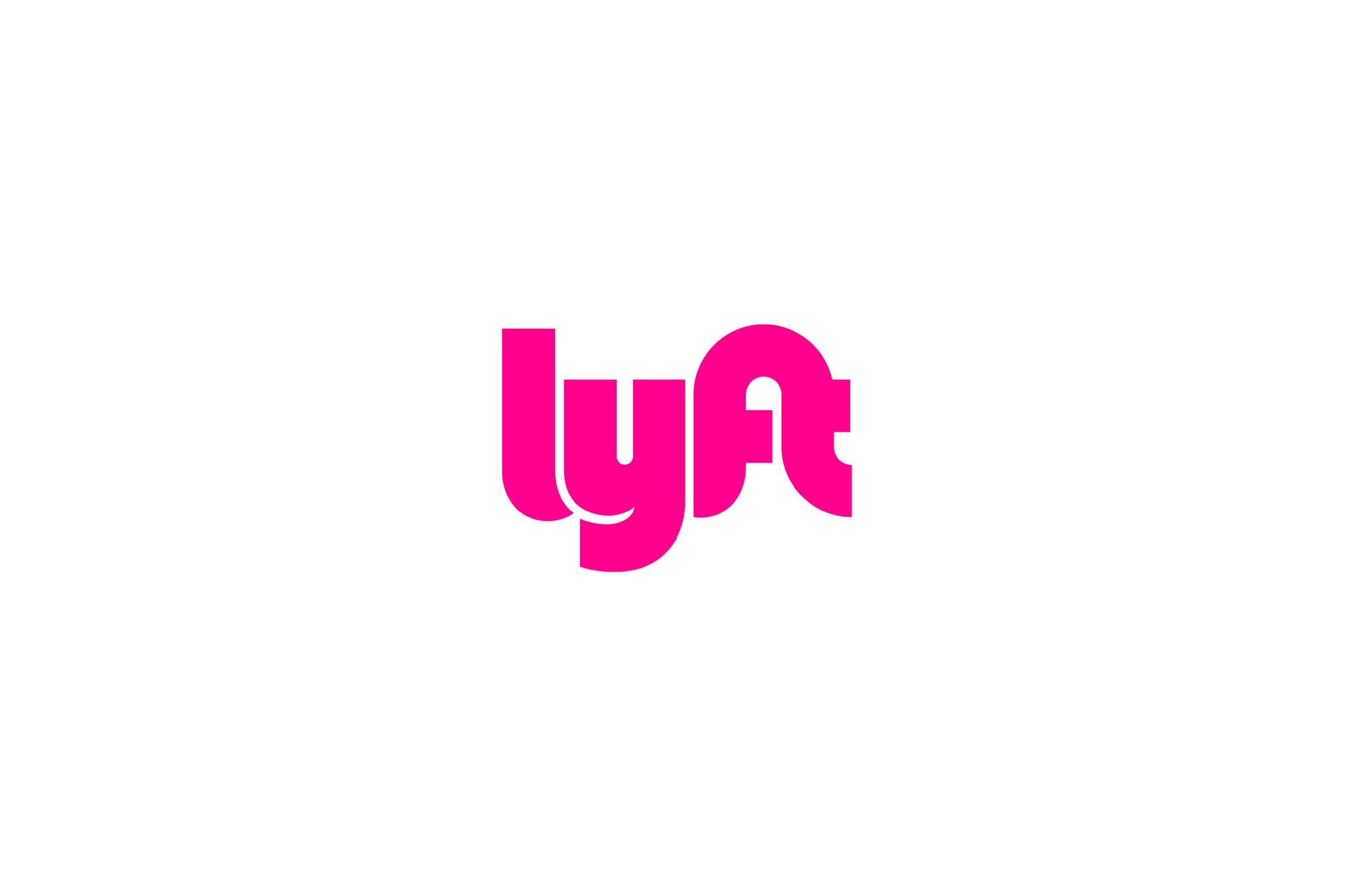We can't find the internet
Attempting to reconnect
Something went wrong!
Hang in there while we get back on track
When you buy through links on our site, we may earn an affiliate commission. Learn more
ride hailing
By Lexi Leach
Transportation Network Companies (TNCs) / Ride-Hailing Services
Uber and Lyft have revolutionized transportation. With a few taps, you can easily get a ride, avoiding the hassle of traditional taxis. These services have also allowed many, especially in urban areas, to avoid the costs of car ownership. However, these benefits may be outweighed by the significant environmental costs. While convenient, their impact on emissions and urban mobility raises critical questions about sustainability.
Environmental Impact of TNCs
Solo ride-hailing trips emit 50% more CO2 than private vehicles and far exceed public transit emissions, which produce 70% less CO2 per trip. While shared rides (like UberX Share or Lyft Shared Ride) could lower emissions, they only account for 15% of U.S. trips. Drivers also spend 42% of their time idling or driving without passengers, further increasing emissions.
This raises questions about how TNCs compare to traditional taxi systems. While similar in passenger and congestion issues (meaning green suggestions for TNCs can apply to taxis too), taxis are typically regulated by cities, which imposes limitations that prevent certain misconduct or excessive vehicles, but at the cost of infrequent change. Ride-hailing trips operate under ever-adapting regulations that shift alongside these companies’ growth.
This distinction is significant given that ride-hailing services now outnumber traditional taxi rides. In major cities like New York City, TNC rides outpace taxi rides by more than 2 to 1. With numbers still rising, it’s crucial to focus on companies like Uber and Lyft, which dominate modern transportation and are better positioned to implement positive changes directly, unlike city-operated taxi services.
Both companies have introduced green initiatives:
- Lyft: Committed to carbon neutrality, offering electric rides via Green Mode, integrating bike-sharing (through its acquisition of Motivate), and incorporating transit schedules into the app.
- Uber: Launched UberGREEN in many major cities (but not widely accessible), aiming for full fleet electrification (progress is limited outside select cities).
Despite these efforts, the environmental benefits are overshadowed by limited adoption and the platforms’ overall reliance on carbon-intensive operations.
Analyzing the Best Choices and Alternatives
To reduce emissions, ride-hailing services must transition to fully electric fleets, increase shared ride adoption, and integrate with public transit. While these changes are hoped for, neither Uber nor Lyft has achieved the scale of electrification or shared ride adoption needed to offset their environmental impact. Lyft marginally outpaces Uber in sustainability, thanks to carbon offset commitments and bike-share integration. However, ridesharing as it exists today is neither sustainable nor environmentally friendly.
More sustainable transportation alternatives include:
- Public Transit: Less carbon emissions and significantly reduces congestion.
- Active Transportation (Walking and Biking): Eliminates emissions while reducing noise and improving air quality.
- Carpooling and Pooled Rides (UberX Share or Lyft Shared Ride): Reduces per-passenger emissions and congestion.
- Electric and Zero-Emission Vehicles (Uber Green and Lyft Green): No tailpipe emissions and can be powered by renewable energy.
References:
Want more? Become an Intentful Consumer!
Get updates on new research and products. Upvote, comment, and add suggestions to help others.
